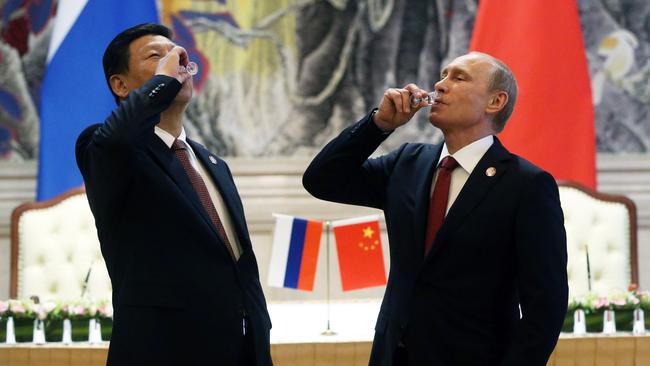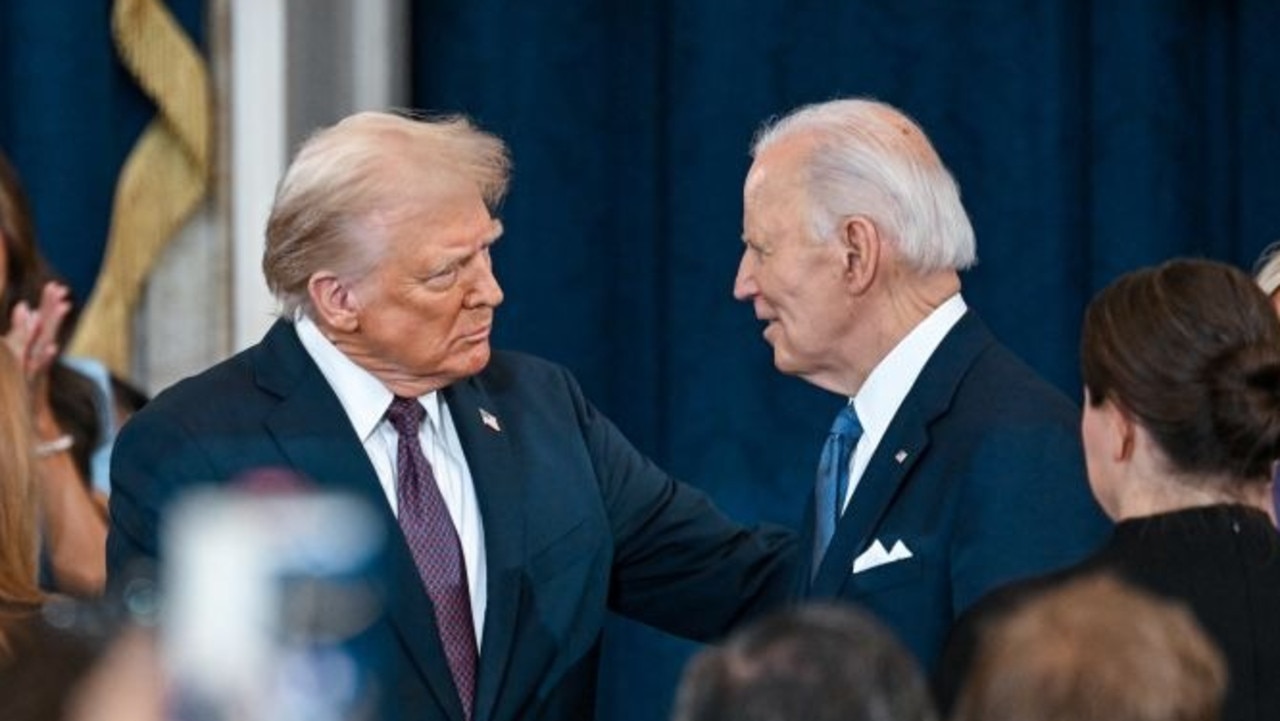How America’s internal feuds aggravate global threats

While Washington has been consumed with its own internal fussing and fighting in recent weeks, a few other things have been unfolding elsewhere around the globe: For the second time this year, Russia has massed thousands of troops and their armoured equipment near its border with Ukraine, and again appears to be using its energy supplies as a weapon to stop any westward drift by Ukraine’s government. In response, the Biden administration dispatched William Burns, director of the Central Intelligence Agency and a former ambassador to Russia, to Moscow to let the Kremlin know the U.S. is watching.
Meantime, Chinese President Xi Jinping skipped the two most important international gatherings of the year — the Group of 20 summit meeting in Rome and the big international climate-change conference in Scotland — in part out of coronavirus fears, but also to prepare for a Communist Party Central Committee meeting this week that will pave the way for him to begin an unprecedented third term as China’s leader. Chinese intimidation of Hong Kong and Taiwan continues apace, and the Pentagon said in an annual report on the Chinese military that Beijing is expanding its nuclear arsenal so rapidly that it could have twice as many nuclear warheads in coming years as previously projected.
As if to summarise the situation, the newest edition of Foreign Affairs, the publication of the Council on Foreign Relations, carried this headline on its cover: “The Divided World: America’s Cold Wars.” That’s “wars,” plural.
None of this means some conflict is near, or that the U.S. should be looking for one. Indeed, as Mr. Burns’ trip to Moscow suggests, it is a sign of the need for the kinds of superpower dialogue that kept the old Cold War with the Soviet Union from ever turning hot.
It’s also a sign, though, that the rest of the world isn’t stopping while the U.S. is consumed with its own internal feuding.

China and Russia are dangerous for at least one similar reason: Both are powerful at the same time they are at least a little insecure. Evan Medeiros, an Asia expert who was the top China officer on the Obama administration’s National Security Council staff, says China is in an internal struggle “to reconcile the competing dimensions of its rising power status. On the one hand it wants to position itself as a global leader.... On the other hand, it is an authoritarian political system that is by nature deeply insecure.” China, he notes, has big economic challenges at home and is entering a “delicate period of leadership transition” at the same time it is building its military might and becoming more assertive in its foreign policy. That is a potentially dangerous combination.
Russian President Vladimir Putin, meantime, is trying to rebuild Moscow’s sphere of influence in its neighbourhood, and using the two main tools at his disposal to do so: a still-strong military and energy exports that can be used to reward or punish countries across Europe as the Kremlin sees fit. That combination is being used to both intimidate Ukraine into subservience, and to assimilate and protect the authoritarian, Kremlin-friendly regime of Belarus from any European Union interference as it cracks down on its internal foes.
The Kremlin is proceeding with a kind of chip on its shoulder. Fiona Hill, a Russia expert who served on the Trump administration’s National Security Council staff, notes that Mr. Putin embraces “the idea that the West is always trying to keep Russia down.” Again, the combination of strength and insecurity is potentially dangerous.
These worrisome trends aren’t unrelated to an official Washington that is flailing and in deep division. President Biden has talked about showing the world, and in particular America’s authoritarian foes, that a newly united American government can march forward crisply in a show of democracy’s power. That’s hardly the image emerging from the past few weeks.
More than that, a picture of a divided America distracted and consumed by its own internal fights invites adventurism by adversaries, who may assume — probably wrongly — that Washington is unequipped to meet global challenges.
In a piece in that new Foreign Affairs magazine, Ms. Hill nicely summarises the challenge for America’s leaders, from both parties. She is referring to Russia, but her words apply more broadly: Blunting Russian efforts to interfere with its neighbours “will require Biden and his team to integrate their approach to Russia with their efforts to shore up American democracy, tackle inequality and racism, and lead the country out of a period of intense division.
“The polarisation of American society has become a national security threat, acting as a barrier to the collective action necessary for combating catastrophes and thwarting external dangers … The United States’ inability to get its act together has hindered the projection of American soft power, or what Biden has called ‘the power of our example.’”
The Wall Street Journal


